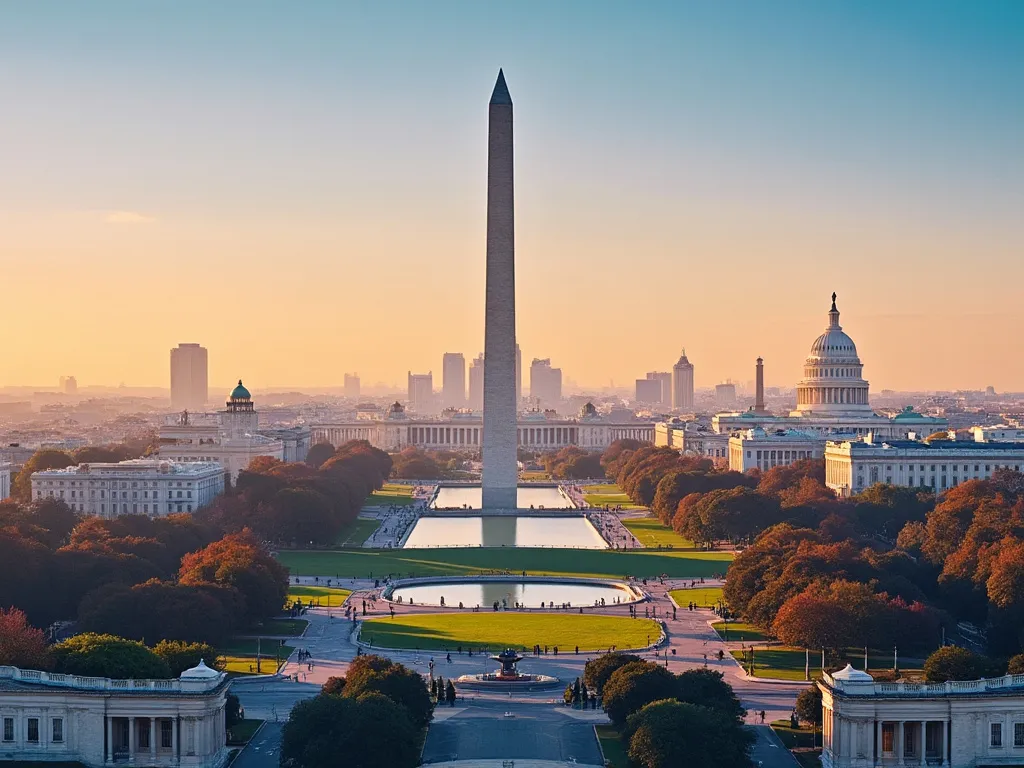
Washington D.C., formally known as the District of Columbia, is the capital city of the United States. Located on the east coast of the country, it is a federal district that serves as the permanent capital of the nation. Washington D.C. is a city with a rich history, diverse culture, and iconic landmarks, making it a popular tourist destination.
Washington D.C. information
| Country | 🇺🇸 United States of America |
| Population | 702,455 (2020 estimate) |
| Coordinates | 38.8951° N, 77.0364° W |
| Area | 68.3 sq mi (177 km²) |
| Climate | Humid subtropical climate |
| Language | English |
| Currency | United States dollar (USD) |
| Time zone | Eastern Time Zone (UTC-5) |
| Proximity to other major cities | Baltimore (40 miles), Philadelphia (137 miles), New York City (225 miles) |
Interesting facts about Washington D.C.
- The city's famous cherry blossom trees were a gift from Japan in 1912.
- The Washington Monument is the tallest structure in the city, standing at 555 feet.
- The city has more than 170 embassies and diplomatic missions.
- The Smithsonian Institution is the world's largest museum, education, and research complex.
Tourist attractions in Washington D.C.
- The National Mall, which includes the Washington Monument and the Lincoln Memorial.
- The Smithsonian Institution, which includes the National Museum of Natural History and the National Air and Space Museum.
- The United States Capitol Building, which offers guided tours.
- The National Gallery of Art, which features a collection of Western European and American art.
Historical background of Washington D.C.
Washington D.C. was founded in 1790 as the capital of the United States. The city was named after the first president of the country, George Washington. The city's design was influenced by French-born architect Pierre Charles L'Enfant, who envisioned a city with broad avenues and public parks. Over the years, Washington D.C. has played a significant role in American history, serving as the seat of government during times of war and peace.
Geographical location of Washington D.C.
Washington D.C. is located in the Mid-Atlantic region of the United States, on the east coast. The city is situated on the Potomac River, which forms the border between the states of Maryland and Virginia. The city's terrain is relatively flat, with some hills and valleys. Washington D.C. has a humid subtropical climate, with hot summers and mild winters.
Cultural significance of Washington D.C.
Washington D.C. is a city with a rich cultural heritage. The city is home to numerous museums, galleries, and performance venues, including the Smithsonian Institution, the National Gallery of Art, and the Kennedy Center. The city is also known for its vibrant neighborhoods, such as Georgetown and Adams Morgan, which offer a range of restaurants, bars, and shops.
Economic importance of Washington D.C.
Washington D.C. is a major economic hub, with a diverse range of industries, including government, education, healthcare, and tourism. The city is home to many federal agencies, including the Federal Reserve and the National Institutes of Health. The city's economy is also driven by its many universities and research institutions, including Georgetown University and George Washington University.
Conclusion on Washington D.C.
Washington D.C. is a city with a rich history, diverse culture, and iconic landmarks. From its founding as the capital of the United States to its current status as a major economic hub, Washington D.C. has played a significant role in American history. Whether you're interested in history, culture, or entertainment, Washington D.C. has something to offer.
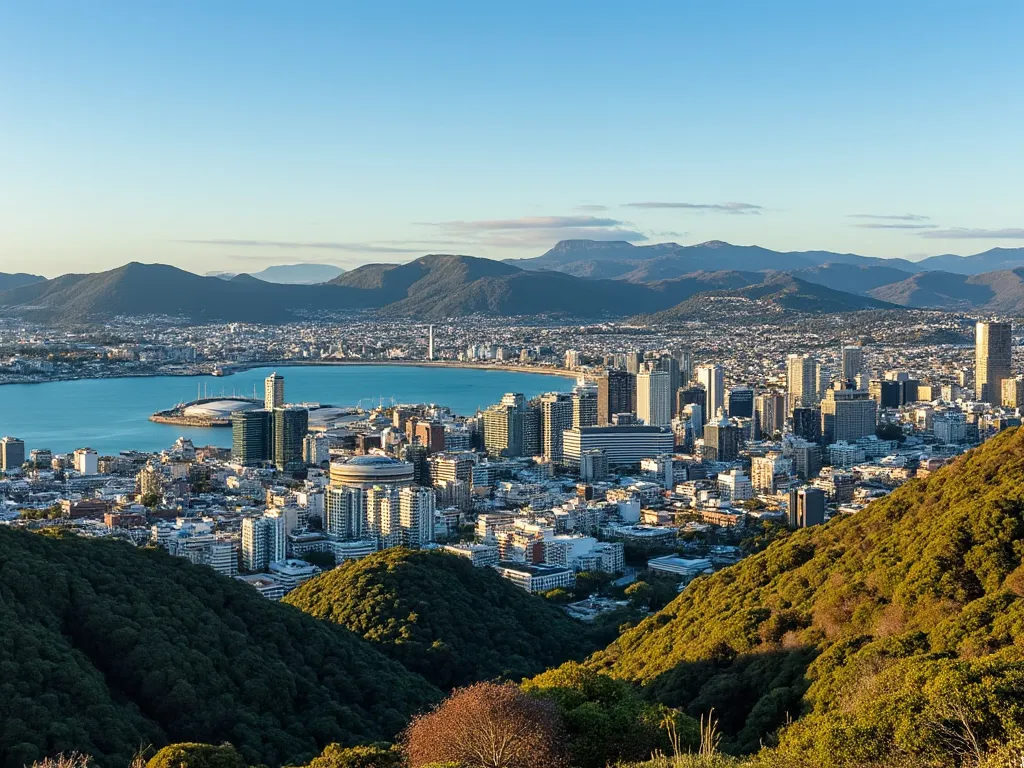 Wellington
Wellington
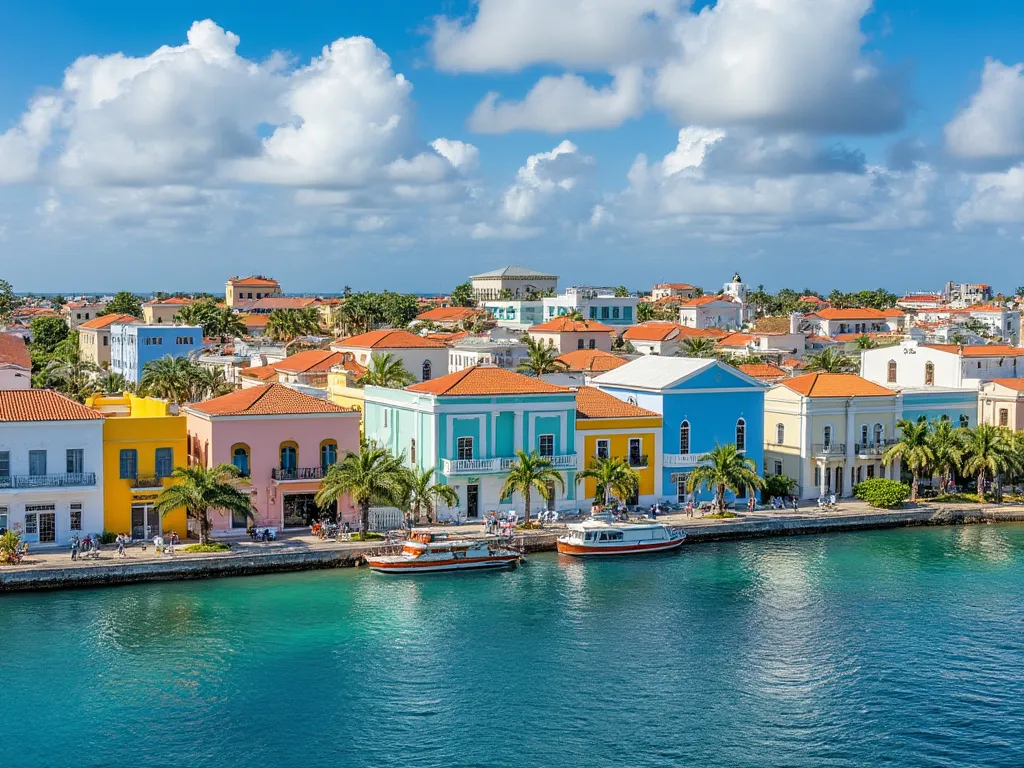 Willemstad
Willemstad
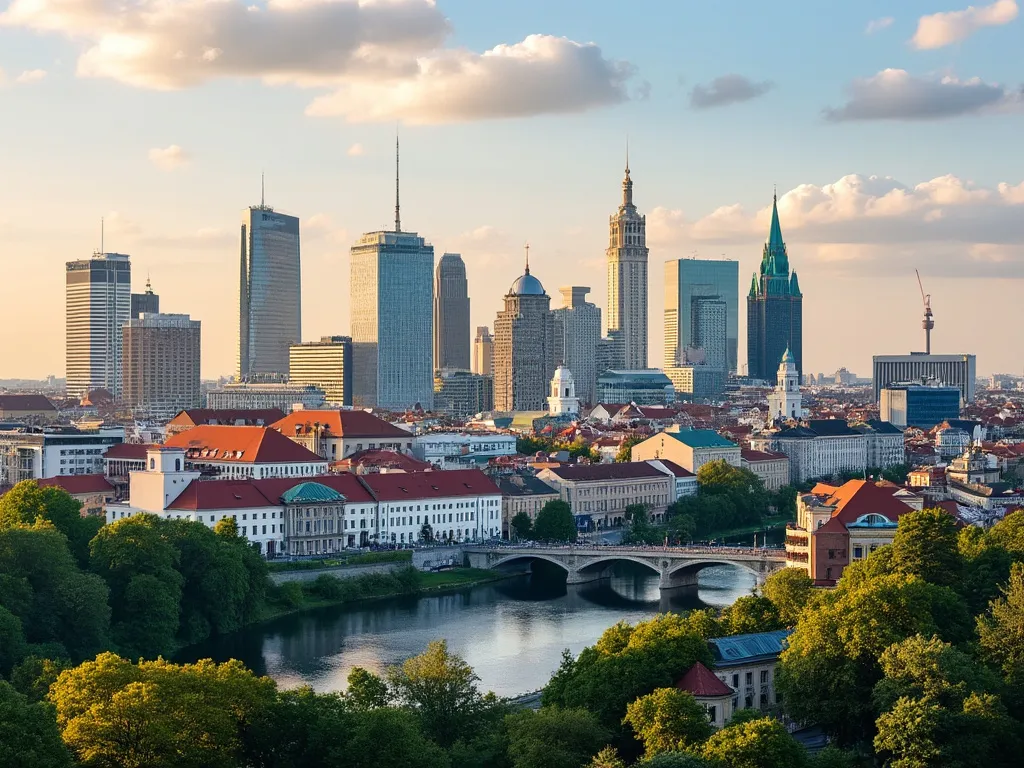 Vilnius
Vilnius
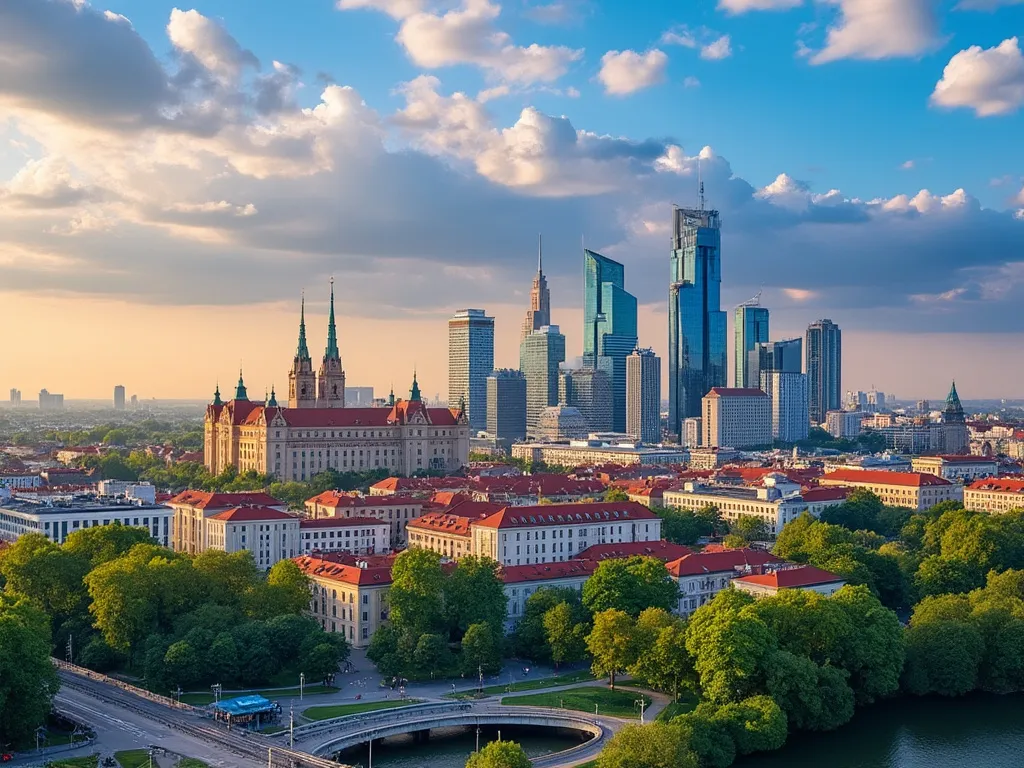 Warsaw
Warsaw